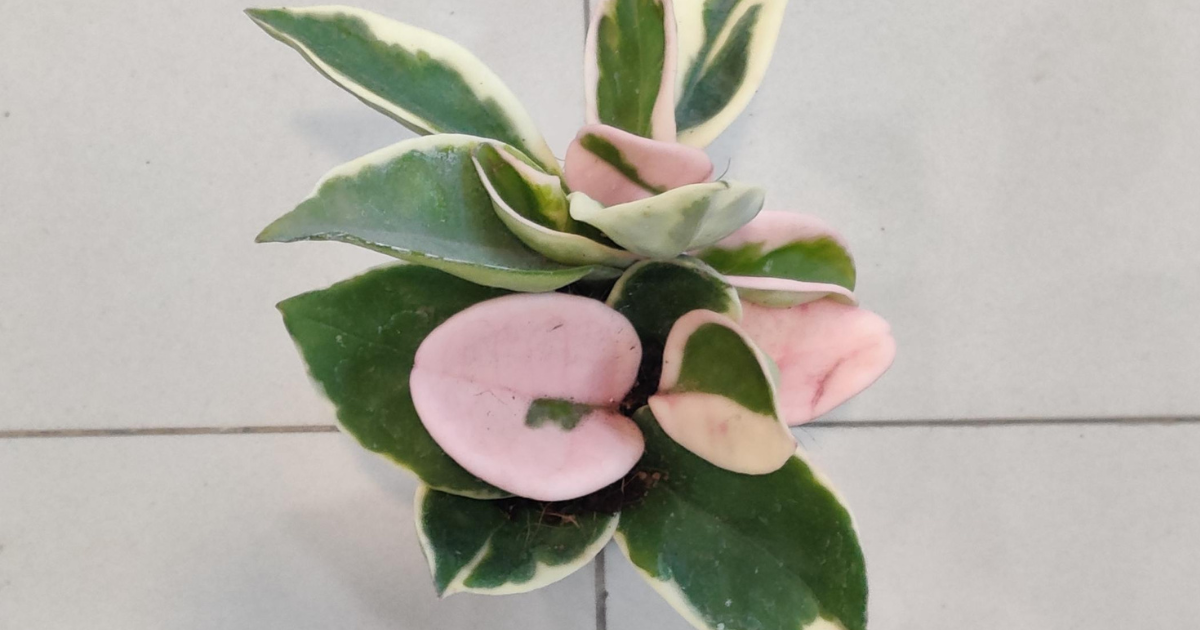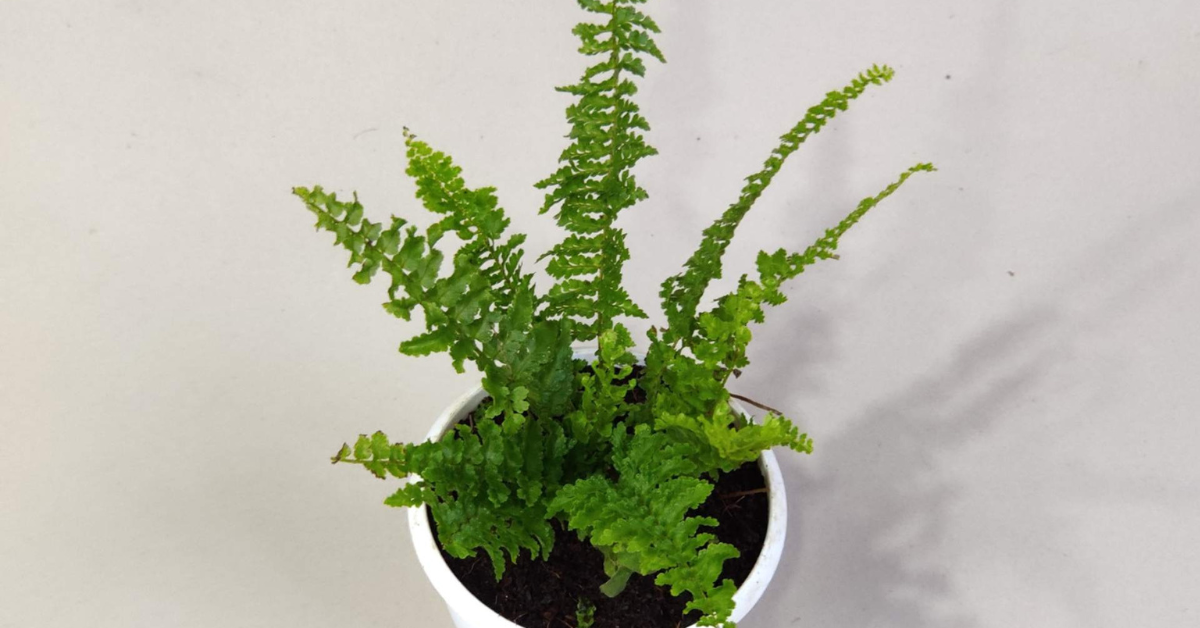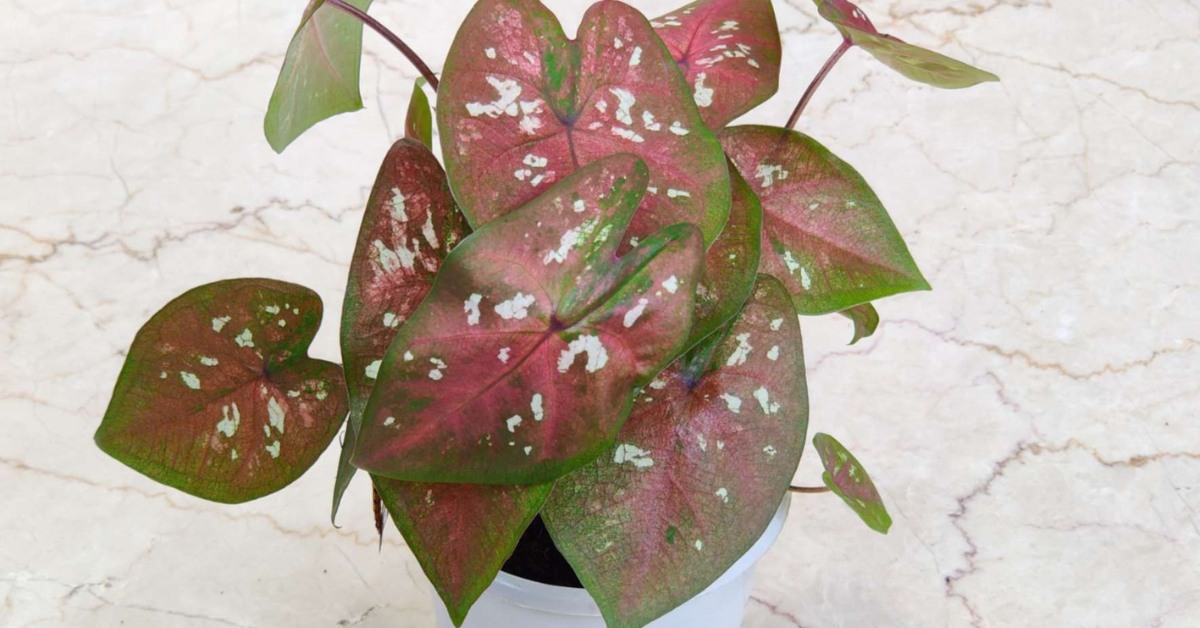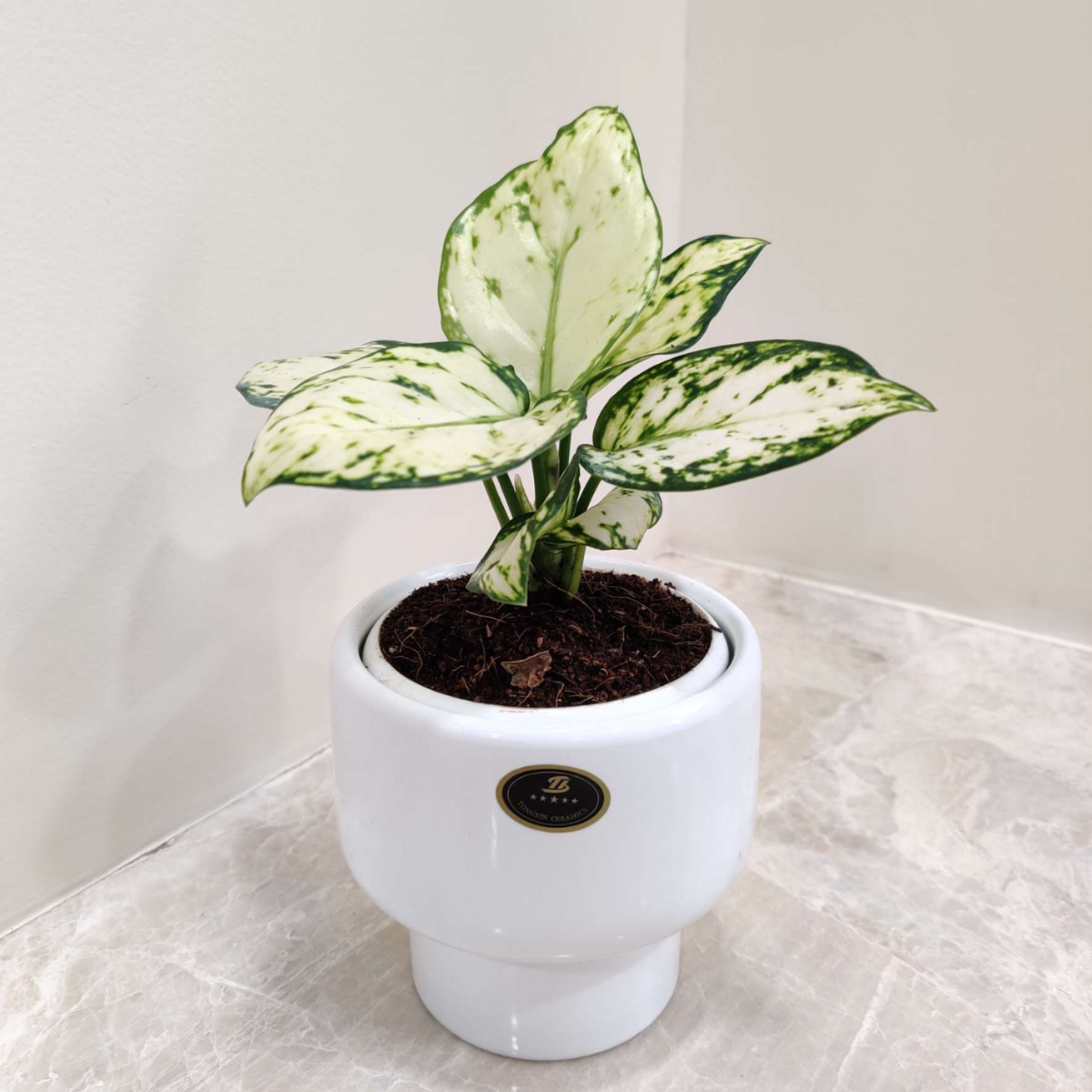Air plants, also known as epiphytes, are the unsung heroes of indoor gardening. Their ability to thrive without soil makes them a fascinating choice for plant enthusiasts and beginners alike. In this blog, we’ll dive into everything you need to know about these versatile plants, from care tips and creative displays to troubleshooting common problems. Whether you’re looking to add greenery to your home or start a unique gardening journey, air plants are the way to go.
Common Name: Air plant
Botanical Name: Tillandsia
Family: Bromeliaceae
Plant Type: Epiphytes
Mature Size: 2-12 in. tall (indoors), 5-7 ft. (outdoors)
Sun Exposure: Partial
Bloom Time: Dependent on type
Flower Color: Red, pink, blue, purple, yellow, white
Native Areas: North America, South America
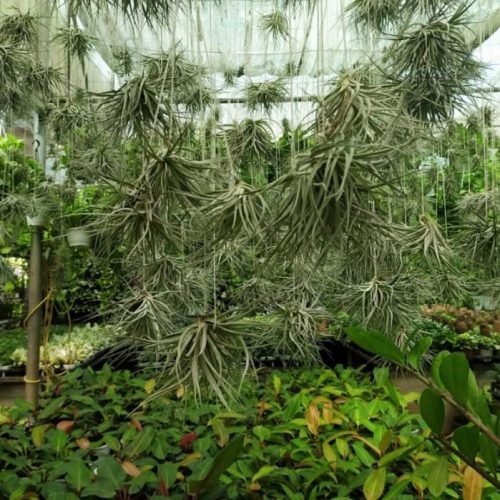
What Are Air Plants?
Air plants are not your average houseplants. Belonging to the genus Tillandsia (and other plant families), these soilless wonders derive their nutrients from the air, water, and debris around them. Their scientific name, “epiphytes,” comes from the Greek words “epi” (on top) and “phyte” (plant), reflecting their natural habitat of growing on trees and other plants without being parasitic.
The Fascinating World of Air Plants
Air plants are truly one-of-a-kind houseplants, celebrated for their ability to thrive and reproduce without soil. This remarkable trait sets them apart, making them both intriguing and versatile. Unlike traditional plants, air plants draw nutrients and moisture directly from the air, offering endless creative possibilities for display. From hanging arrangements to glass terrariums, these botanical wonders bring a touch of nature’s magic to any space while requiring minimal care. Their unique, soil-free lifestyle and artistic display options make them a favorite for plant enthusiasts and interior decorators alike.
How to Care for Air Plants
Despite their exotic appearance, air plants are surprisingly low-maintenance. Here’s how to keep them thriving:
1. Light
Bright, indirect light is essential. Mimic their natural environment under forest canopies by avoiding prolonged exposure to direct sunlight, which can scorch their delicate leaves.
2. Watering
Forget traditional watering methods! Air plants prefer soaking, misting, or dunking:
- Soaking: Submerge in distilled water for 20-40 minutes every 1-2 weeks.
- Misting: Ideal for drier species or when time is short.
- Tip: Research the specific type of air plant you have to determine the best method.
3. Humidity and Temperature
Warm, humid conditions are a must. Keep them away from cold drafts or heating vents. Bathrooms and kitchens make excellent homes for these humidity-loving plants.
4. Fertilizer
Boost growth with water-soluble fertilizer specifically formulated for air plants. Apply monthly or bi-monthly for best results.
Creative Ways to Display Air Plants
The no-soil requirement opens a world of possibilities for displaying air plants. Here are some creative ideas:
- Mounted Displays: Attach to driftwood, rocks, or a wood board for a rustic vibe.
- Hanging Terrariums: Ideal for mesic air plants, which thrive in humid conditions.
- Wall Art: Create a living wall by mounting them on frames or wire grids.
- Unusual Spaces: Adorn headboards, mirrors, or even curtain rods.
Propagating Air Plants: Grow Your Collection
Air plants reproduce by producing “pups” or offshoots. Here’s how to propagate them:
- Wait until the pup is at least one-third the size of the mother plant.
- Gently separate the pup by wiggling it free or using a sterile knife.
- Care for the new plant just like the parent!
Common Problems and Solutions
Even low-maintenance plants have their quirks. Here’s how to troubleshoot common issues:
- Browning Tips: A sign of insufficient moisture. Increase humidity or watering frequency.
- Mushy Stems: Overwatering can lead to rot. Remove affected areas and reduce watering.
- Pests: Mealybugs and scale insects are common culprits. Wipe leaves with rubbing alcohol or neem oil.
Why Choose Air Plants for Your Home?
Air plants offer more than just aesthetic appeal:
- Space Savers: Perfect for small spaces or creative arrangements.
- Low Maintenance: Ideal for busy lifestyles or beginners.
- Air Purifiers: Bromeliads, a common air plant family, help reduce indoor air pollution.
Final Thoughts
Air plants bring a unique charm to any space, offering endless opportunities for creative displays and easy care. Whether you’re a seasoned gardener or a plant newbie, these soilless wonders are sure to captivate your imagination and transform your living space.
Ready to add air plants to your collection? Explore our curated selection and start your indoor gardening journey today!



